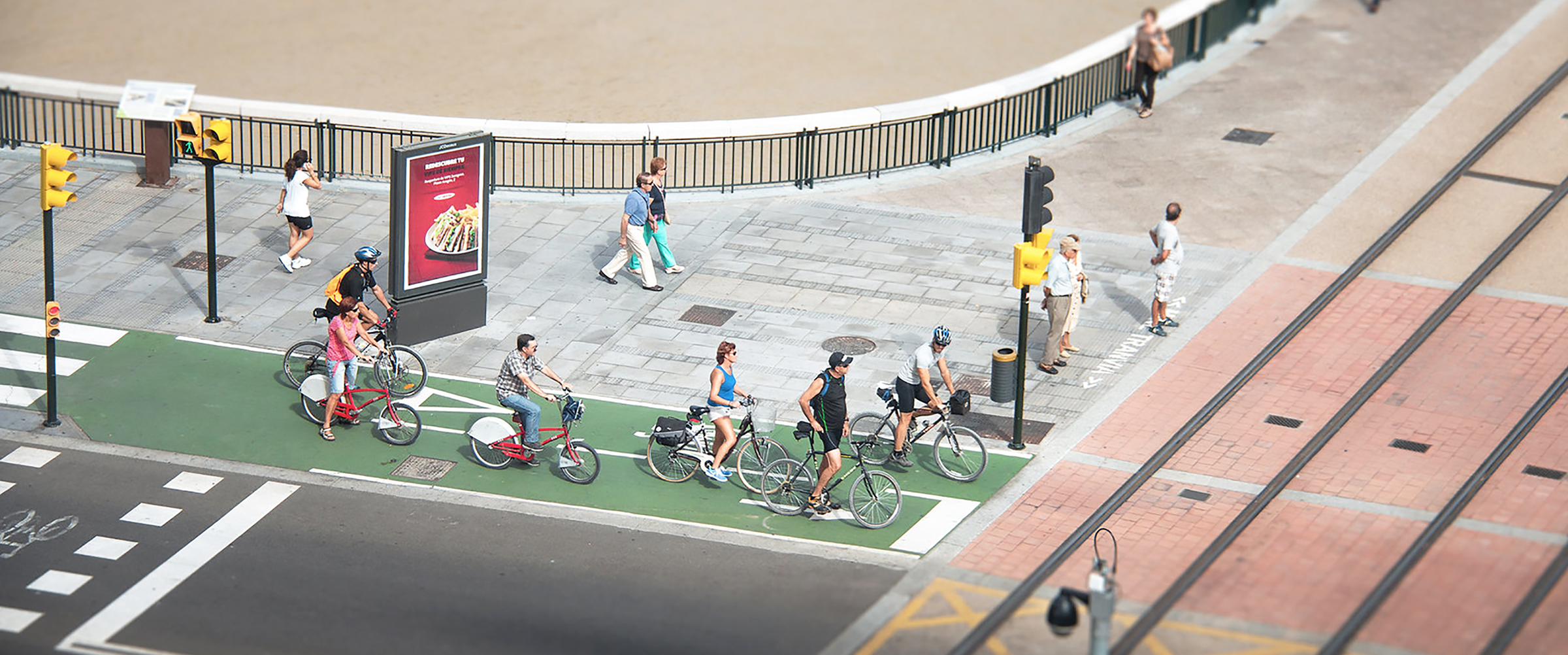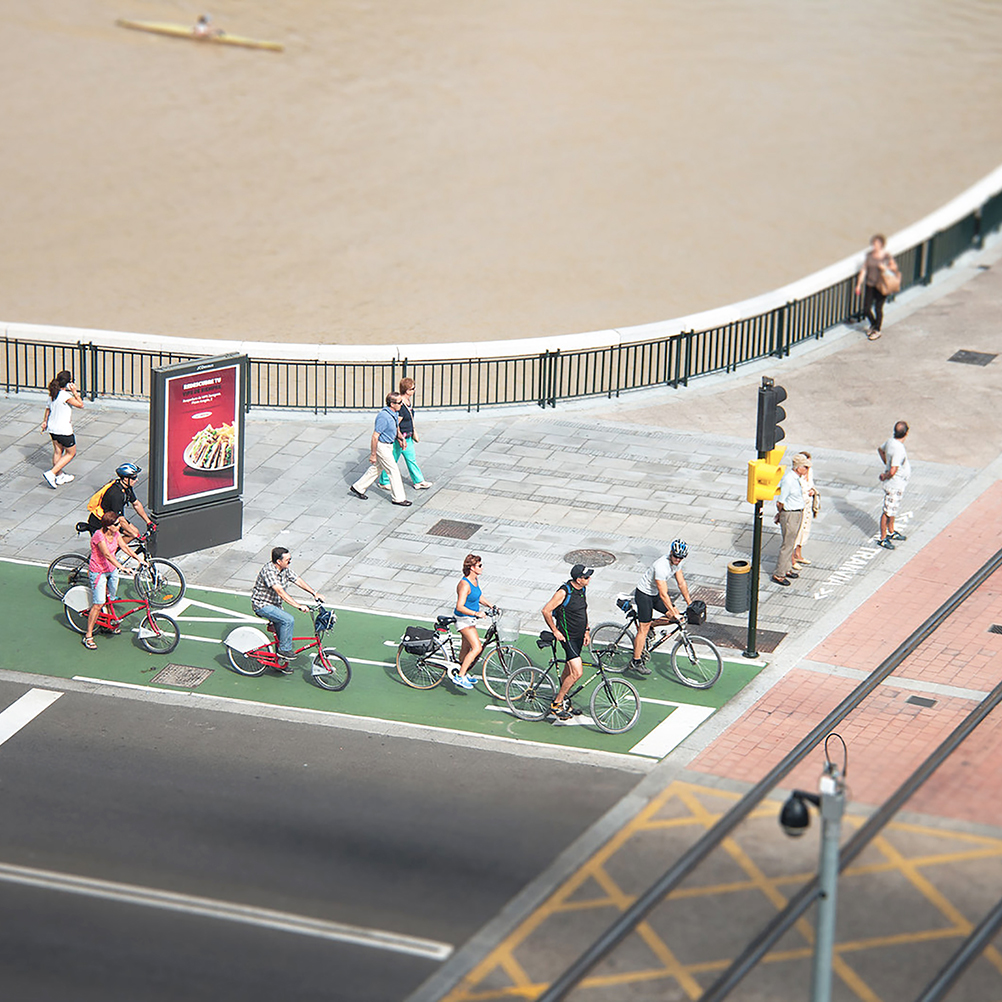Capacity
For large-scale cycling growth to occur, local governments need to understand the value of investing in, and have the technical expertise to design, implement, and maintain, cycling projects.
+ Read MoreWhile there are a number of small-scale, low-cost actions not requiring high political will that cities can take to increase cycling, limited resources or technical understanding about implementing integrative, larger-scale cycling projects can be a major barrier to expanding ridership. A combination of funding, time, and technical expertise will be critical to creating a safer, more comfortable environment for cyclists. Implementing such actions will also require a level of political will that some cities currently lack. In several of these cases, grassroots advocacy groups have begun to form and to organize and mobilize resources to push forward policies and plans to improve local cycling conditions. However, these groups can struggle to translate plans into outcomes without the support of champions in government.
Budgets are one of the clearest ways to gauge where a city government’s priorities lie. The World Bank identifies budget transparency as being critical to reduced corruption, more efficient use of resources, public trust in government, and higher taxpayer revenues. Without the ability to see where and how a city is bringing in, spending, and allocating funds, the public’s trust in the government to represent their interests can be limited, which can result in an unwillingness to pay taxes that support government operations. With no budget transparency, governments can obfuscate public spending and avoid funding cycling improvements even if constituents call for those improvements.


